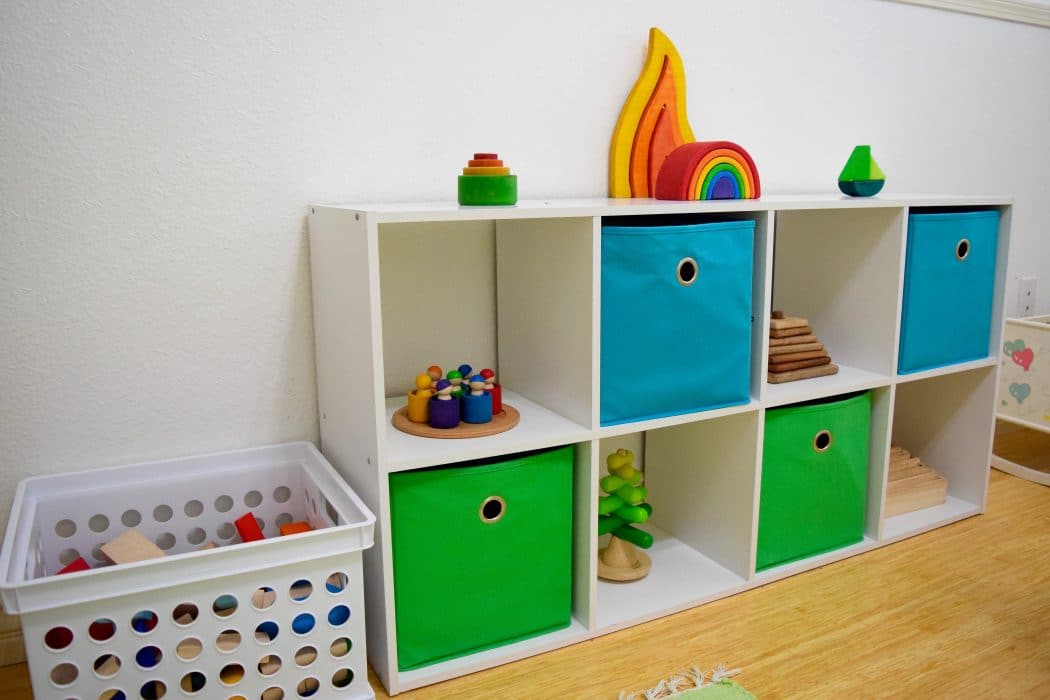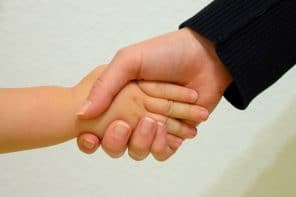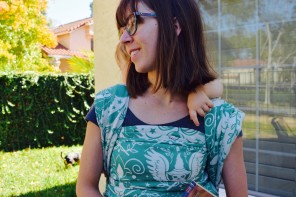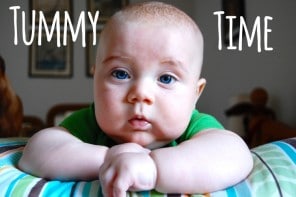Toys are like ants. A few appear here and there and before you know it, there’s are hoards of them everywhere. Toys trickle in throughout the year, almost unnoticed due to the generosity of friends and relatives, and holidays bring piles and piles of more. And soon, there is something plastic, blinking, and singing in every corner of the house.
At a glance, it’s pretty great that our kids have so many generous loved ones. It’s also wonderful that they have the privilege to own so many interesting and enriching things, especially when so many children do not have toys. But all the stuff has created a great deal of mess and clutter. And to be honest, my son only plays with a handful of beloved toys, ignoring the rest.
Too many toys can, unfortunately, have the opposite effect that we are hoping for. Aside from draining our wallets and taking over our homes, too many options can be overwhelming and too stimulating for young minds. This causes kids to jump from activity to activity without ever being truly engaged in just one thing. It can also lead to more conflicts between friends and siblings. So many toys to choose from creates a sort of panic in a child’s mind that they need to be the ones to find the best toys. And, of course, so many toys can cause kid’s to be careless with their belongings because of the notion of replacements and other options.
But what happens when we take most of these toys away? Leaving few toys, and only ones that are open-ended (no batteries, no cheap plastic, and no toy with only one function), is tremendously beneficial. Fewer toys mean that kids will stay focused on one activity for longer, which develops cognitive brain power. Kids are also more likely to get along with each other and participate in cooperative play with less options and less opportunities to fight. And, with fewer belongings, children learn about the value of material objects and how to care for their toys.
Ready to simplify the playrooms? Where to begin?
- Start with gathering all toys in the house into one spot. Marvel at the sheer number of stuff. Throw away anything that is broken, dangerous, or missing pieces. Donate things that are battery-operated, “unitaskers” (things that serve only one purpose, like a toy coffee machine), duplicates, and anything that just doesn’t get loved (or that is super annoying). If getting rid of so many things is too scary, for parent or child, start by storing all of those toys in a box that is out of sight and mind. Revisit the box in a few weeks and donate anything that you have completely forgotten about and received no requests to play with.
- Save toys that are beloved, even if they are unitaskers. Also save toys that are open-ended, like balls, blocks, scarves, and dolls. Art supplies and books are also must-saves. In other words, save anything that sparks the imagination, is beautiful, or that is truly loved.
- Put like objects together in areas that are easy to access and simple to clean up. I love open shelving with baskets and bins because it makes cleaning up super easy. And remember, you don’t have to keep all the toys out at once. Keeping a box or two of toys to be rotated out (like for Legos, Barbies, trains, or overflow books) sparks an influx of interest from kids who get excited to see these toys again.
After all the clutter has been cleared, a biggest obstacle is all the toys that are bound to come in during upcoming holidays, birthdays, etc. Like I said before, toys just keep multiplying. The big question is how to maintain the calm?
- Make your wishes known to those closest to you. It can be super helpful to give a heads up to friends and family that you are trying to minimize toys. If they ask what to give your children, experience gifts are always appreciated (aquarium passes, horseback riding lessons, piano lessons, etc.). I also like to suggest just giving my toddler fruit. A box of blueberries is always more of a hit than another toy. Or, just their time and presence is more valuable than another plastic toy anyway.
- Watch less television. Less screen time is a good idea in general, but limiting the number of commercials your kids see makes a huge difference. Commercials overwhelm children with appealing visuals on toys that they suddenly need to have. Less television will give them more time to play and less time to add to their holiday gift list.
- Don’t give in while shopping. It’s happened to all of us. What was supposed to be a quick trip to the store turned into a tantrumfest over a toy or trinket that they want. Just say no. It can be really hard, especially at first, but the more you do it, the less they will ask.
- Talk to your kids. Make sure they know why you are limiting toys and why we should appreciate the things we already have. Children don’t automatically understand things, and consumerism is a major issue that needs explaining.
I’d like to think that we have been careful about not having too many toys, and our family/friends have been great at respecting our wishes. But we do have enough toys that I have to scatter them throughout the house to make them seem more organized and orderly. So I followed the above suggestions, setting aside a great deal of toys to take out when my son is particularly bored. The results? My house is so much cleaner. And it is much easier for both my son and I to clean up the toys when he’s done. But the biggest change has been that he spends more time playing with the toys that I left out. This means more elaborate block towers, longer games of toy animal play, and an overall calmer toddler. I’m definitely sold.





